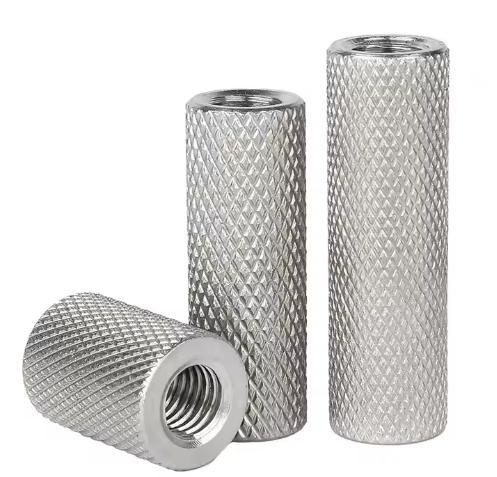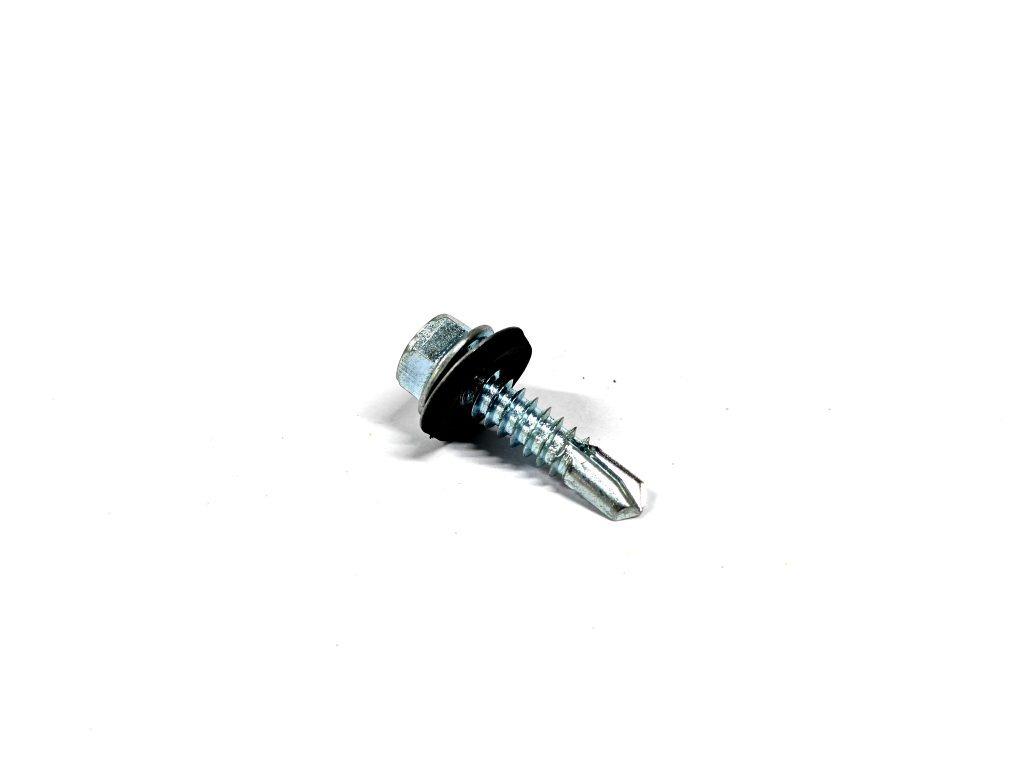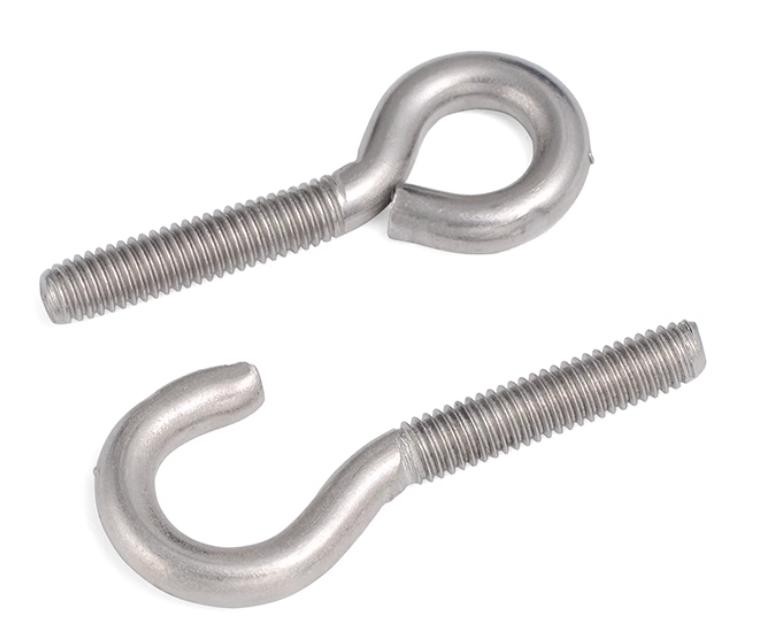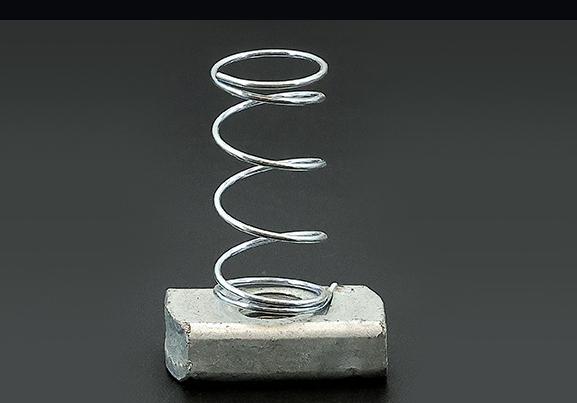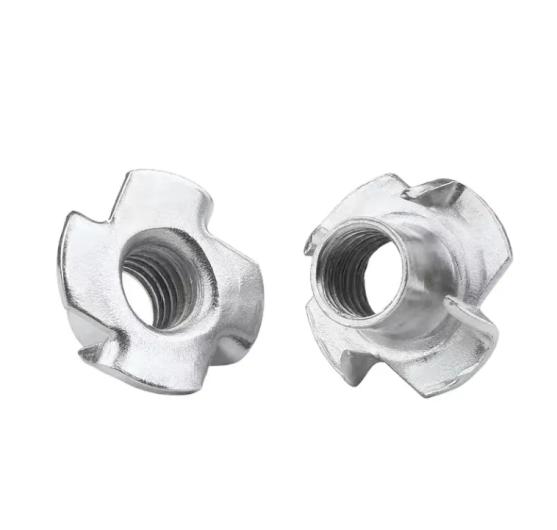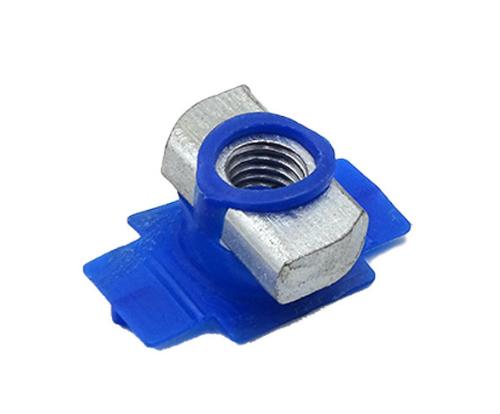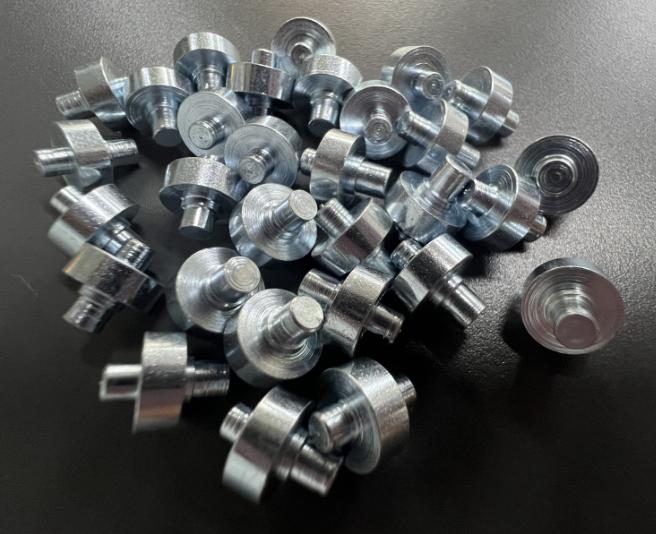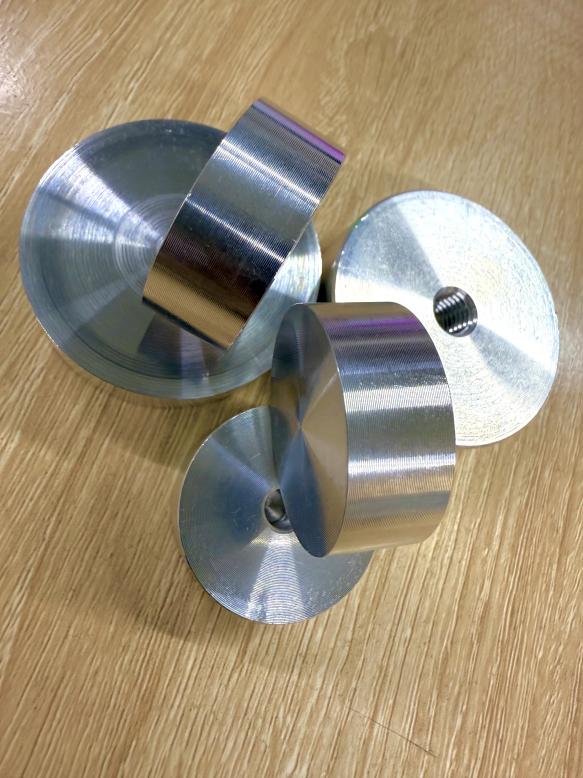How to Loosen Tightened Nuts Efficiently and Safely?
Dealing with stubborn, tight nuts can be a frustrating experience. Fortunately, with the correct tools, skills, and a little time, even the most difficult nuts can be loosened. In this article, we’ll discuss the topic of how to loosen tightened nuts, exploring various methods to help you tackle tight nuts efficiently and safely, and what should be paid attention to during the loosening of tightened nuts.
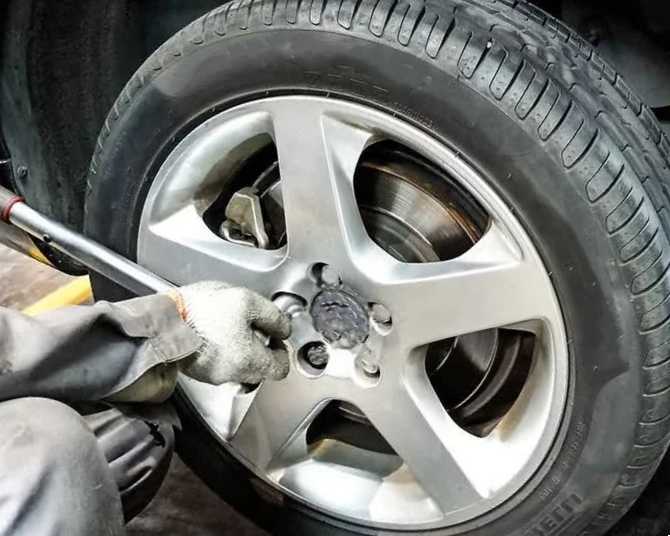
What are Very Methods to Loosen Tighten Nuts?
Use the Right Tools
Make sure you have all of the necessary tools before you begin. Here are some essential tools for loosening tight nuts:
- Wrenches: To guarantee a snug fit over the nut, use the proper-sized wrench or socket. A high-quality wrench with a longer handle offers more leverage.
- Penetrating Oil: A penetrating oil, such as WD-40, PB Blaster, or Liquid Wrench, can be used to remove rusted or corroded nuts. Spray the nut well with oil and set aside for at least 10-15 minutes.
- Adjustable Wrench or Pliers: When you can’t find the correct-sized wrench, an adjustable wrench or pliers can be handy for loosening nuts of various sizes.
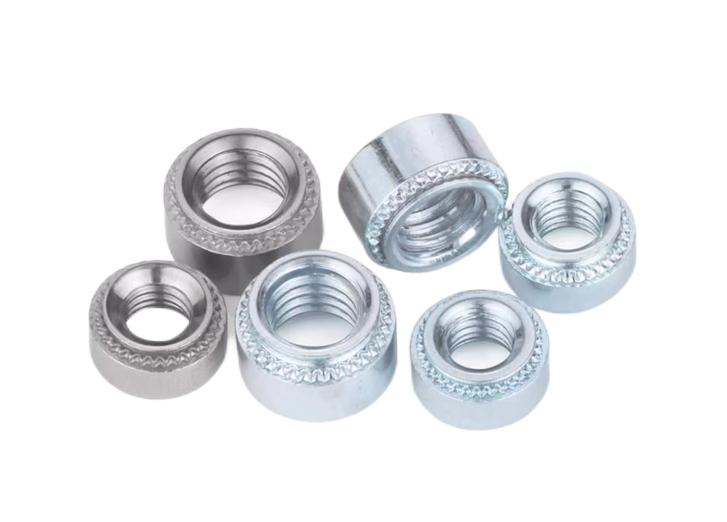
Apply Leverage
When dealing with tight nuts, leverage is your best friend. Here’s how to make the most of it:
- Use a Longer Tool: A longer wrench or a pipe placed over the wrench handle might provide additional leverage, making turning the nut simpler.
- Use Your Body Weight: Apply downward pressure while pushing the wrench in the direction you wish to turn the nut. This can assist in breaking down the initial barrier.
Tap and Shock
A slight shock can sometimes help break the link between a tight nut and its threaded counterpart:
- Tap Gently: Tap the nut lightly with a hammer. This can aid in the removal of rust or corrosion, making it simpler to turn.
- Use a Nut Splitter: Consider using a nut splitter to crack open exceptionally tight nuts that won’t budge. It can crack the nut open without injuring the threaded component.
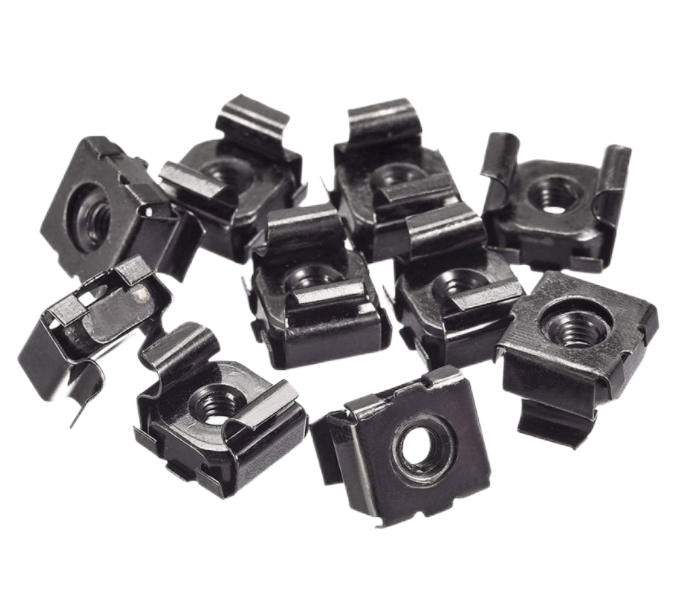
Heat Expansion
Heat can cause the metal to expand, which can cause a tight nut to loosen:
- Use a Propane Torch: Heat the nut directly for a few minutes, then turn it with a wrench while it’s still hot. Take care not to overheat or harm the surrounding components.
Counter-Clockwise Turns
- Remember the basic rule: “Righty-tighty, lefty-loosey.” Turn the wrench counterclockwise to loosen the nut.
Patience and Persistence
If a nut remains stubborn, don’t force it too hard, as you may risk damaging the bolt or the surrounding material. Instead, try the following:
- Apply More Penetrating Oil: Reapply penetrating oil and allow it to penetrate the threads.
- Alternate Tightening and Loosening: Tightening the nut slightly before attempting to loosen it might sometimes help break the connection. This is referred to as “shocking” the nut.
- Use a Cheater Bar: If necessary, a length of pipe placed over the wrench handle might offer more leverage.
- Seek Professional Help: If everything else fails, it may be wise to seek the advice of a skilled technician to avoid further damage.
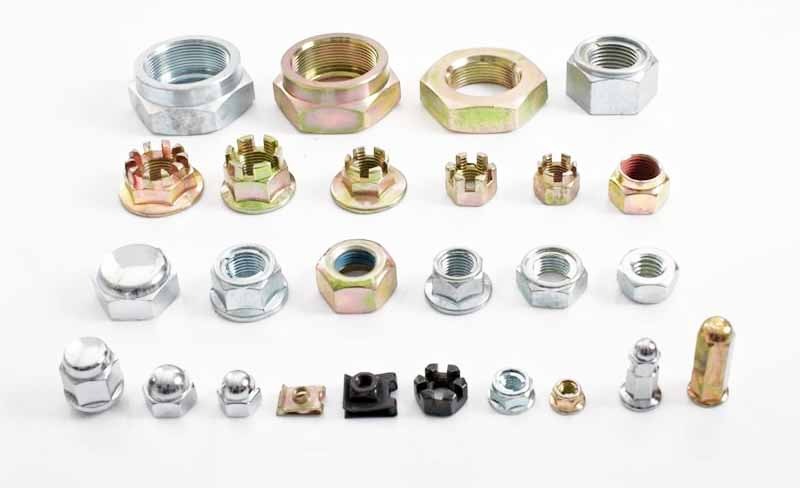
What are the Precautions during the Process of Loosening Tight Nuts?
Taking proper precautions is essential to ensure your safety and prevent accidents.
Wear Appropriate Personal Protective Equipment (PPE)
- Safety Glasses: Protect your eyes from flying debris, rust, or any unexpected objects that may dislodge while working.
- Gloves: Wear sturdy work gloves to protect your hands from cuts, blisters, or contact with sharp or hot surfaces.
- Ear Protection: If you are using power tools or working in a noisy environment, consider wearing earplugs or earmuffs to protect your hearing.
Inspect the Work Area
- Ensure the work area is well-lit and free from clutter or obstacles that could cause accidents.
- Check for any flammable materials or sources of ignition, especially if you plan to use heat during the loosening process.
Maintain Proper Body Mechanics
- When turning wrenches, use your legs and core muscles to produce power. To avoid strain or damage, avoid employing excessive arm or wrist force.
- Keep your back straight and avoid awkward positions that can lead to muscle strain.
Work in a Well-Ventilated Area
- If you’re using penetrating oil or heat, be sure there’s enough ventilation to avoid fumes or dangerous gases from accumulating.
Gradually Increase Force
- When attempting to loosen a tight nut, use mild, controlled power at first. As needed, gradually increase the force. Avoid jerky movements that can cause slips or accidents.
Use a Cheater Bar Safely
- If you’re going to use a cheater bar (a pipe for increased leverage), be sure it’s securely linked to the wrench or tool. Be careful not to overexert yourself or use excessive force, as this can result in loss of control.
Clean Up and Secure Tools
- To avoid tripping hazards and tool damage, tidy up your work area, secure your tools, and store them safely after you’ve finished the operation.
Conclusion
Loosening tight nuts can be a challenging task, but with the right tools, skills, and a patient approach, you can usually succeed. To avoid accidents or damage, prioritize safety and avoid using excessive force.

